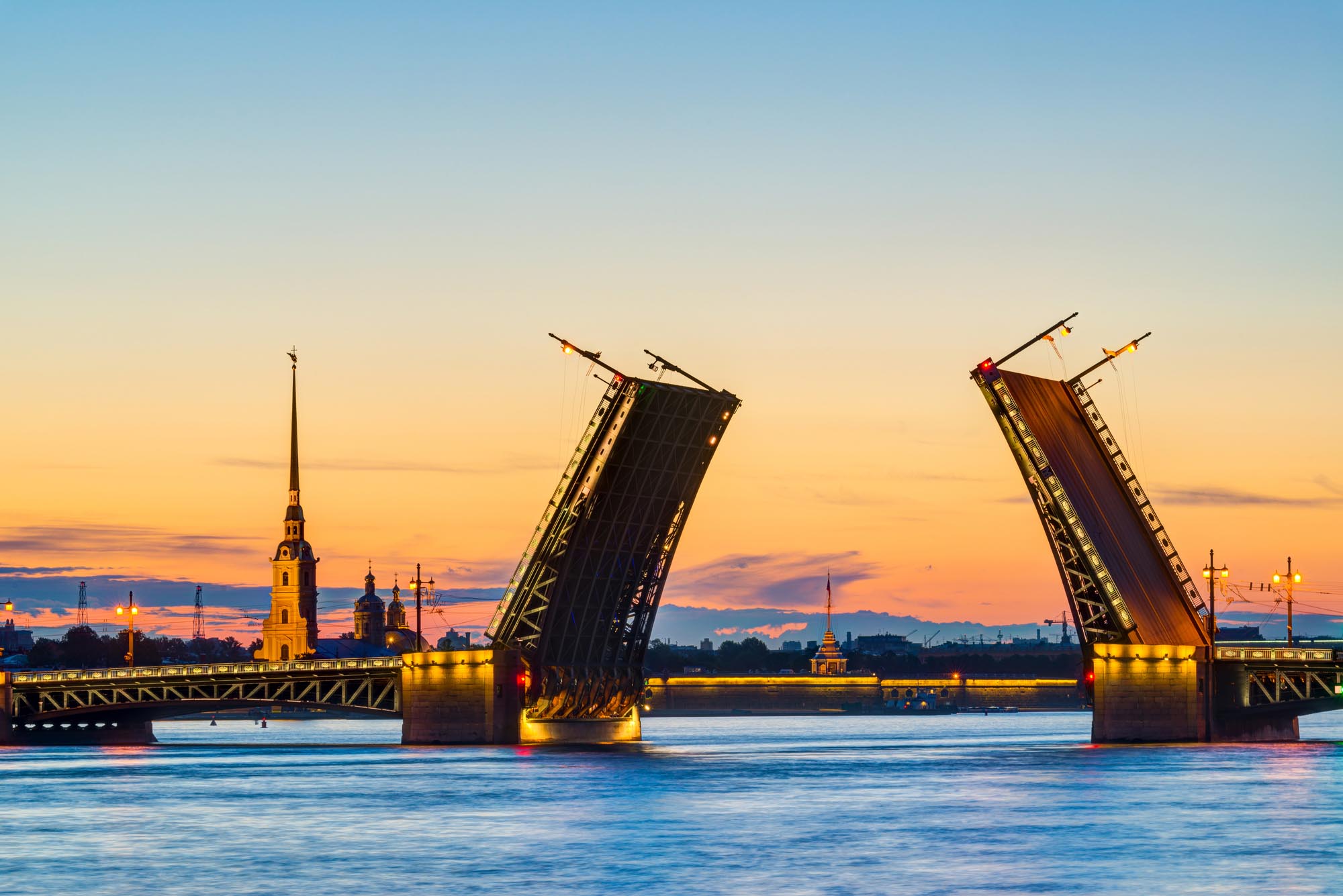
St Petersburg is the second largest and one of the most beautiful and most touristic cities of Russia. The population of the city is more than 5,300,000 people. The city is situated in the Northern-West part of Russia on the Neva River, at the head of the Gulf of Finland on the Baltic Sea. Besides the Neva River there are about 100 smaller rivers and channels in St Petersburg, that’s why it is often called Northern Venice. Situated in the Northern-West part of Russia St Petersburg features a humid continental climate. It has warm, humid and short summers and long, moderately cold wet winters. The average maximum temperature in July is 23 °C and the average minimum temperature in February is −8.5 °C. Because of very northerly geographical location of the city the sun in summer period does not descend below the horizon enough for the sky to grow dark. This phenomenon is called The White Nights and normally lasts in St Petersburg from June 11th to July 2nd. This is the highest tourist season in St Petersburg.
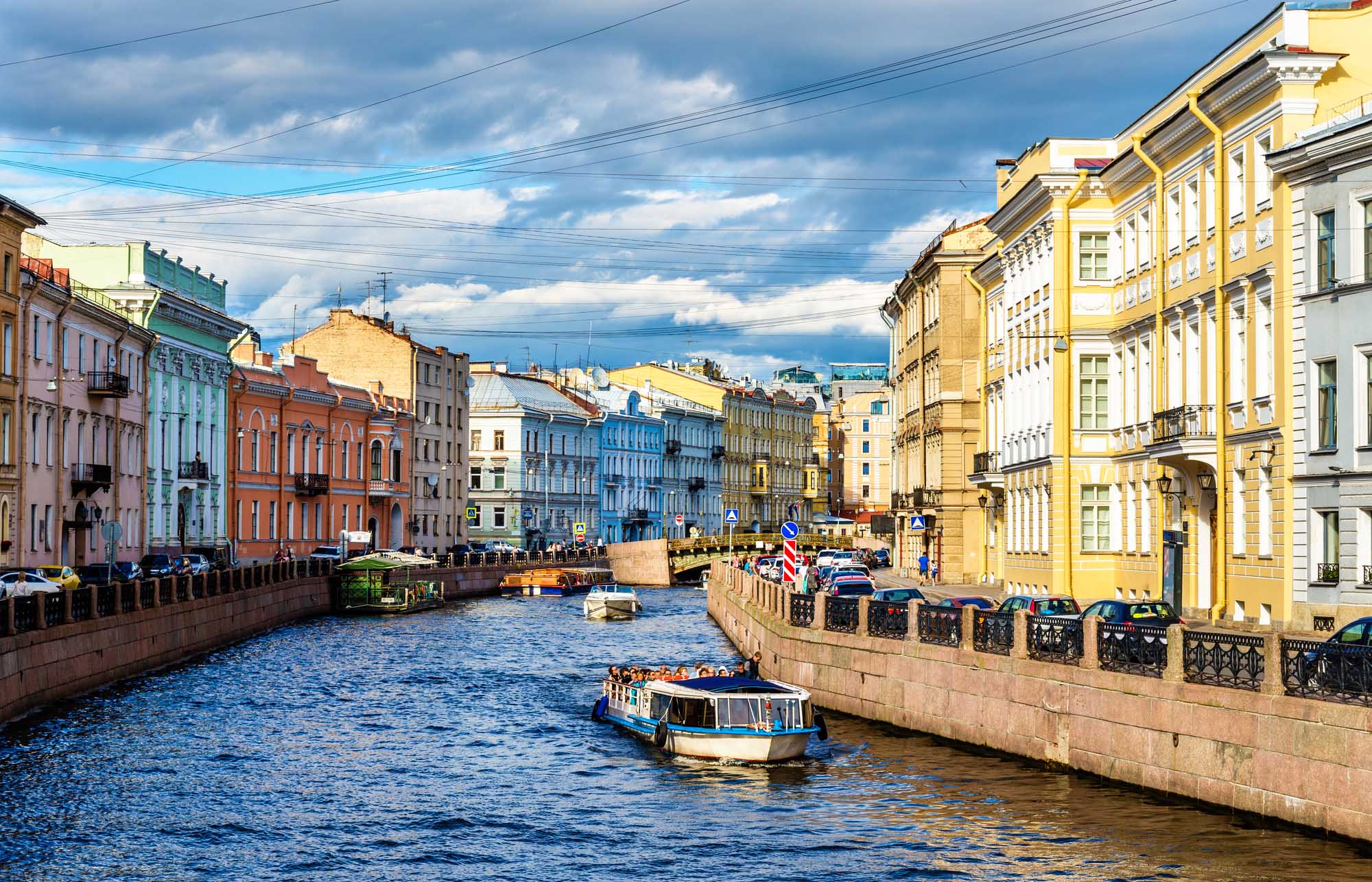
St Petersburg was founded by Tsar Peter the Great on 27 May 1703 on the site of a captured Swedish fortress. It served as a capital of the Russian Empire from 1713 to 1918. After the October Revolution the Bolsheviks moved the capital to Moscow. That’s why St Petersburg is called The Second Capital of Russia. The great history of the city as the capital of former Russian Empire is traced in city’s architecture. There are lots of beautiful buildings and palaces in St Petersburg’s historical center. The historical center of St Petersburg is may be the largest and the best preserved in Russia which was declared as a UNESCO World Heritage Site. The name of the city has German origin and means “St Peter’s fortress”. The city was named so by its founder. But the city had not always this name. 1914, after the outbreak of World War I, the city was renamed to Petrograd (meaning «Peter’s city») in order to avoid the German words. 1924 after the death of Vladimir Lenin, the city was renamed to Leningrad (meaning «Lenin’s City»). After the citywide referendum in September 1991 the city got back its original name, Sankt-Petersburg. Local residents often call their city by its shortened nickname, Piter.
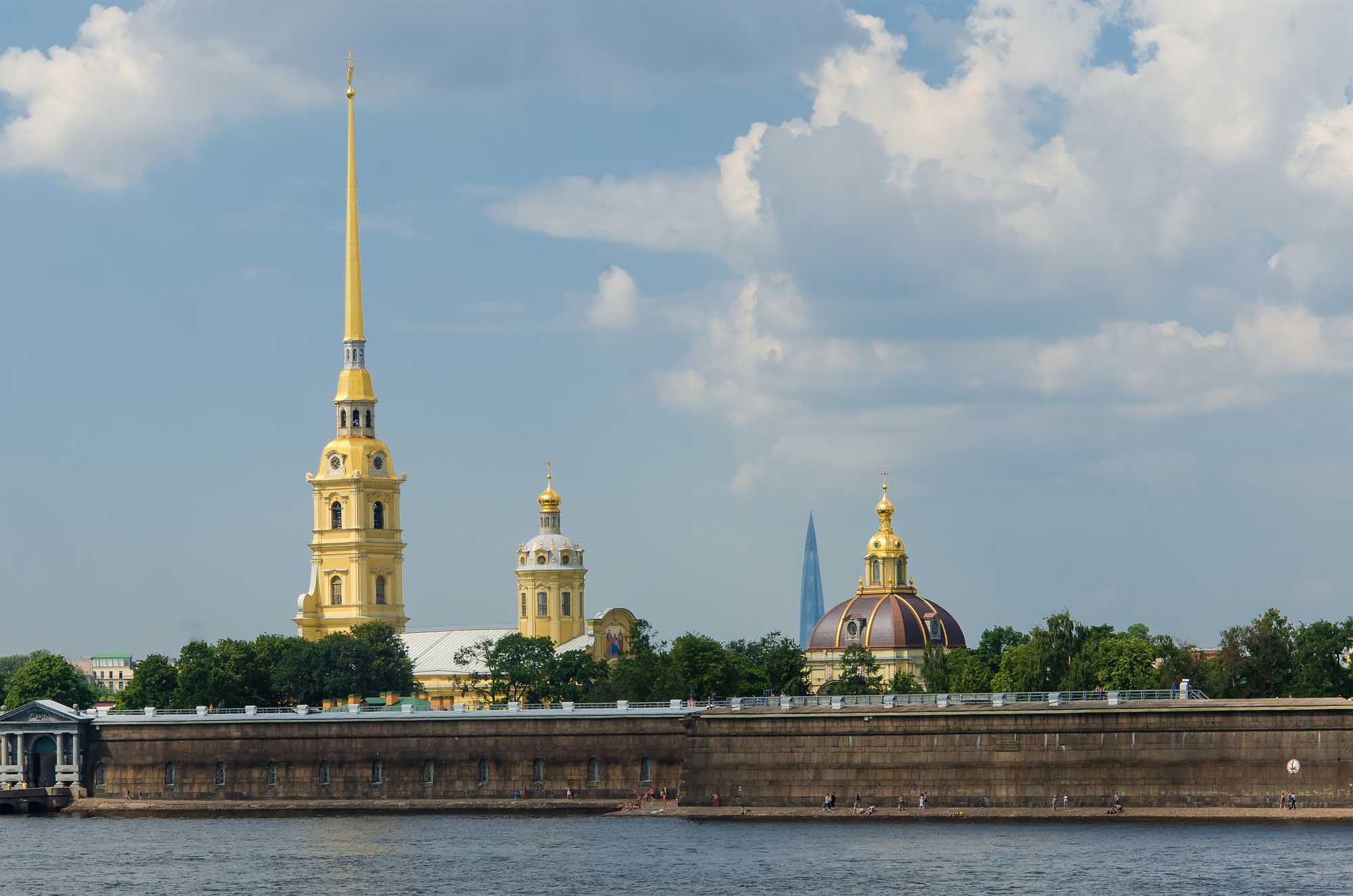
The first stone building in St Petersburg was the Peter and Paul Fortress built on Zaichiy island. Lately here on the territory of the fortress in the St Peter and St Paul cathedral a burial vault of imperial dynasty was organized. The city was built by peasants from all over Russia, thousands of which died building the city. Initially St Petersburg developed around a square near the Peter and Paul Fortress. Soon Saint Petersburg started to be built out according to a plan. The city was divided into five boroughs, and the city centre was moved to the Admiralty borough, on the east bank between the Neva and Fontanka. Obvodny Canal became the southern limit of the city. From the Admiralty three radial streets were developed: Nevsky Prospekt, Gorokhovaya Street and Voznesensky Prospekt. The Nevsky Prospekt is considered to be the main street of modern St Petersburg.
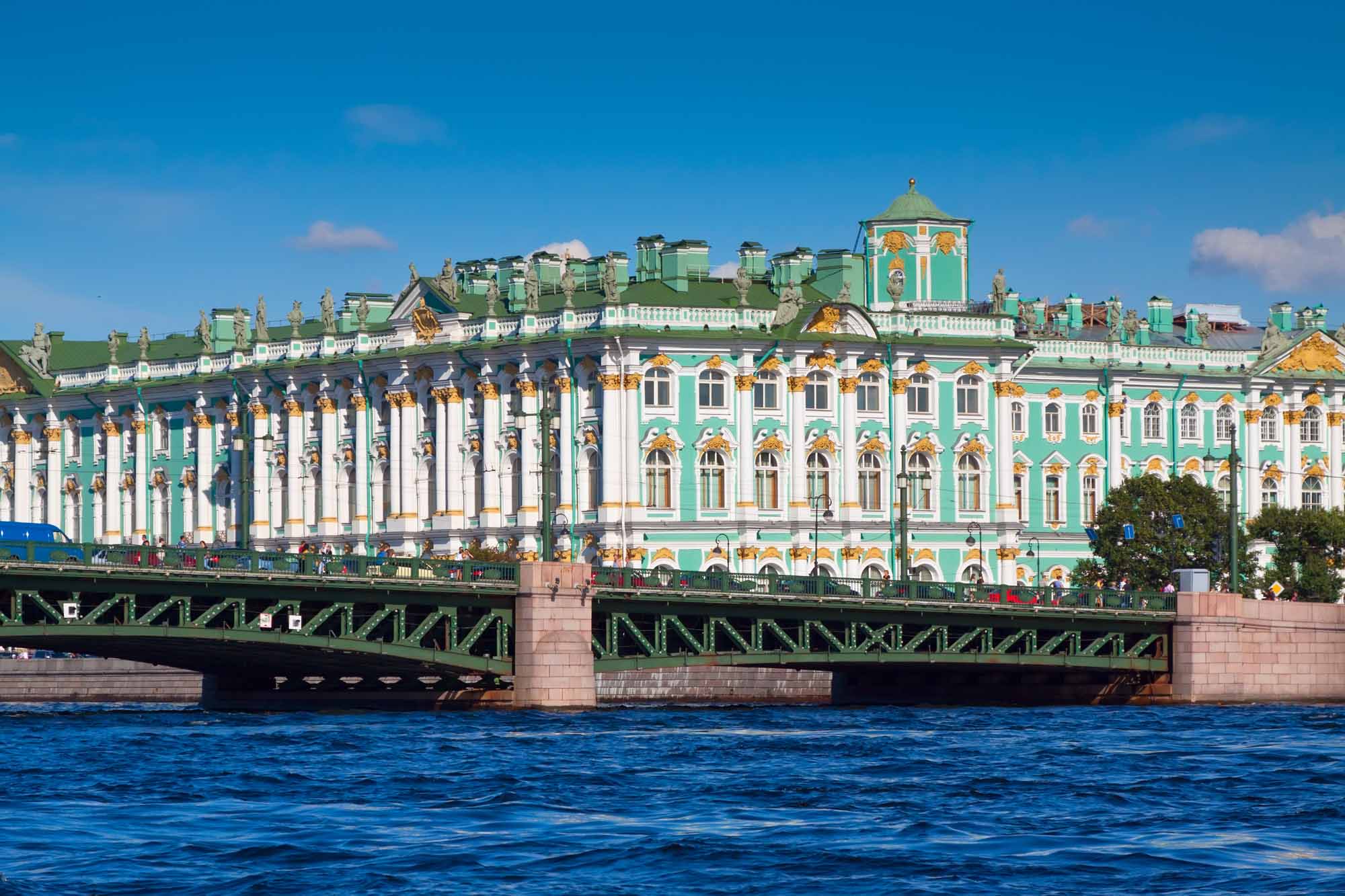
The dominant architecture style in first decades after foundation of the city became Baroque. One of the most notable buildings of that epoch in St Petersburg is the Winter Palace designed by Bartolomeo Rastrelli. It was established that no structure could be higher than the Winter Palace. The other dominant architecture styles in St Petersburg are neoclassical and Empire-style architectures. The most notable buildings of these styles in the city are Admiralty building, Imperial Academy of Arts, Small Hermitage, Gostiny Dvor, Yusupov Palace, Kazan Cathedral, Spit of Vasilievsky Island, Senate and Synod Buildings, General staff Building, Saint Isaac’s Cathedral and some others. Romanticist styles dominated in the architecture of St Petersburg in XIX century. These styles found expression in the architecture of Mariinsky Palace, Nicholas Palace, New Michael Palace, Moskovsky railway station. During the reign of Catherine the Great the banks of the Neva were lined with granite embankments. However the first permanent bridge across the Neva (the Blagoveshchensky Bridge) was opened in 1850. Before that, only pontoon bridges were allowed. Nowadays there are more than 340 bridges in St Petersburg.
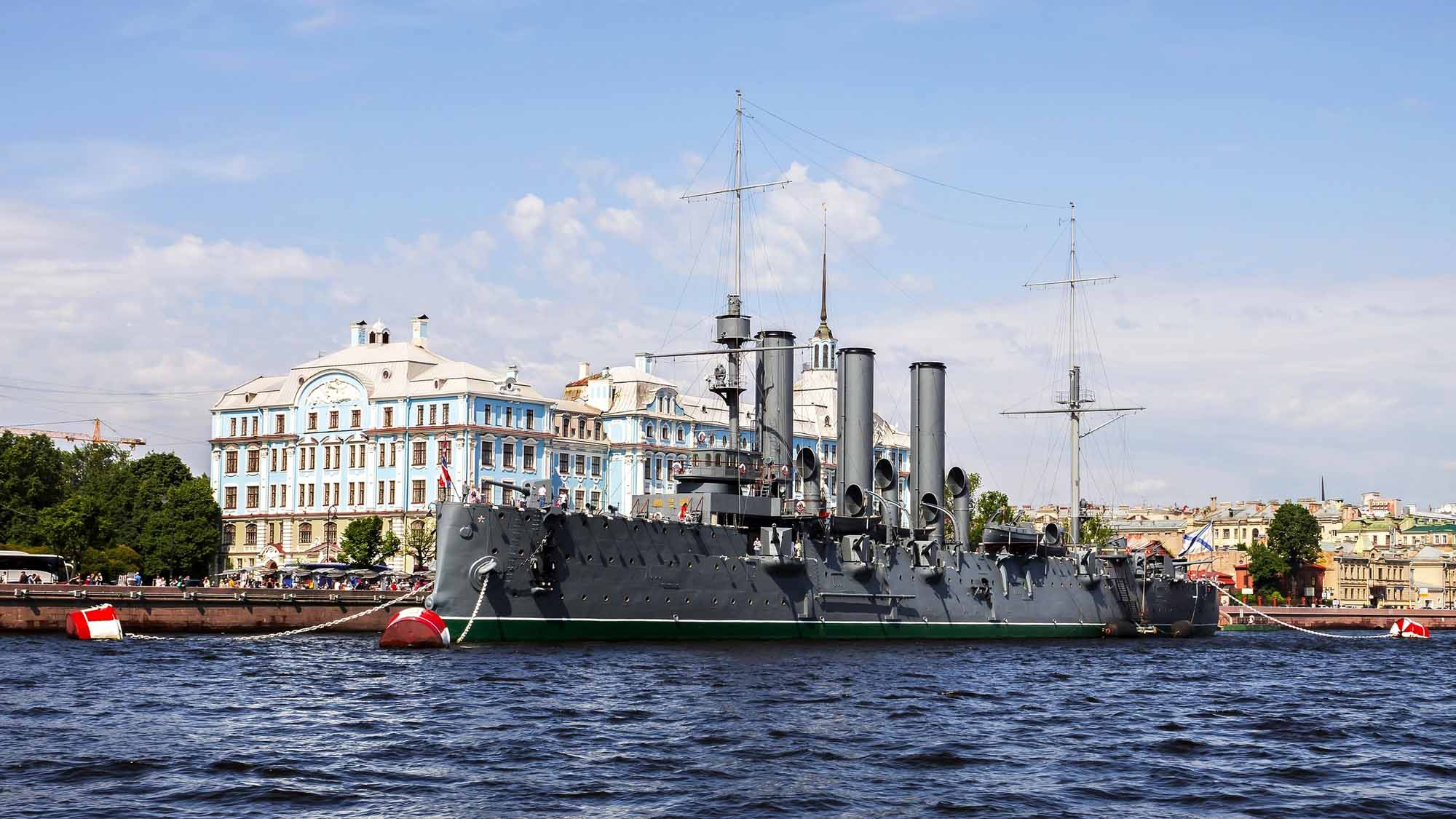
After the Victory over Napoleon in the Patriotic War of 1812 many monuments appeared in the city to commemorate this event such as the Alexander Column and the Narva Triumphal Gate. After the emancipation of the peasants in 1861 many of them came to large cities in job search, especially to St Petersburg. The imperial capital grew to the largest industrial cities in Europe. The October Revolution in 1927 led to the end the tsarist times. The symbol of the October Revolution was the cruiser Aurora which fired the first shot, signaling the beginning of the attack on the Winter Palace. Now the cruiser Aurora is a museum. Soon after the revolution the capital was transferred by the Bolshevik government to Moscow. After Lenin’s death in 1924 the city was renamed Leningrad. The city kept this name till 1991.
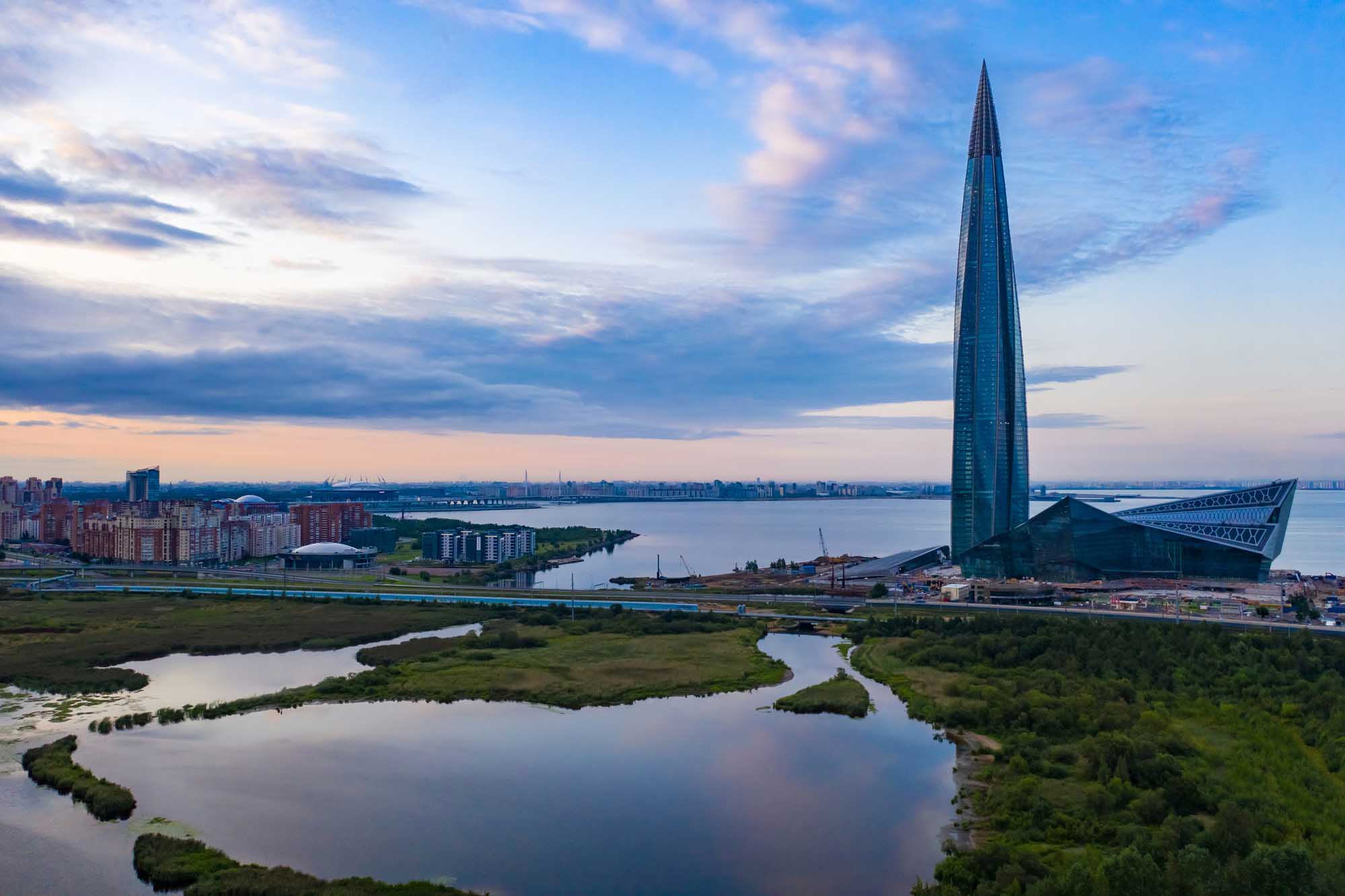
During World War II Leningrad faced to one of the deepest tragedies in its history. The German forces besieged Leningrad during 872 days, from 8 September 1941 to 27 January 1944. The city was isolated from food supplies. The only way to provide the city with food was the Road of Life across Lake Ladoga, which could be used though only when the lake froze. More than one million citizens of Leningrad died, mainly from starvation. On 1 May 1945 Stalin named Leningrad hero city of the war. To commemorate the siege of Leningrad the Monument to Hero Defenders of Leningrad at the Victory Square was built. After the war period the city grew further, new districts with Soviet style architecture appeared, though the historical center kept mostly its architecture look. Nowadays the skyline of St Petersburg features not only historical and Soviet buildings, but also modern buildings among which there are some skyscrapers. One of the most ambitious projects is a 462 m high skyscraper named Lakhta Center which is the first tallest skyscraper in Russia and Europe outside of Moscow. Other skyscrapers of St Petersburg are Leader Tower (140 m), Alexander Nevsky (124 m) and Atlantic City (105 m) which were built as well in city’s outskirts as regulations forbid construction of tall buildings in the city centre.
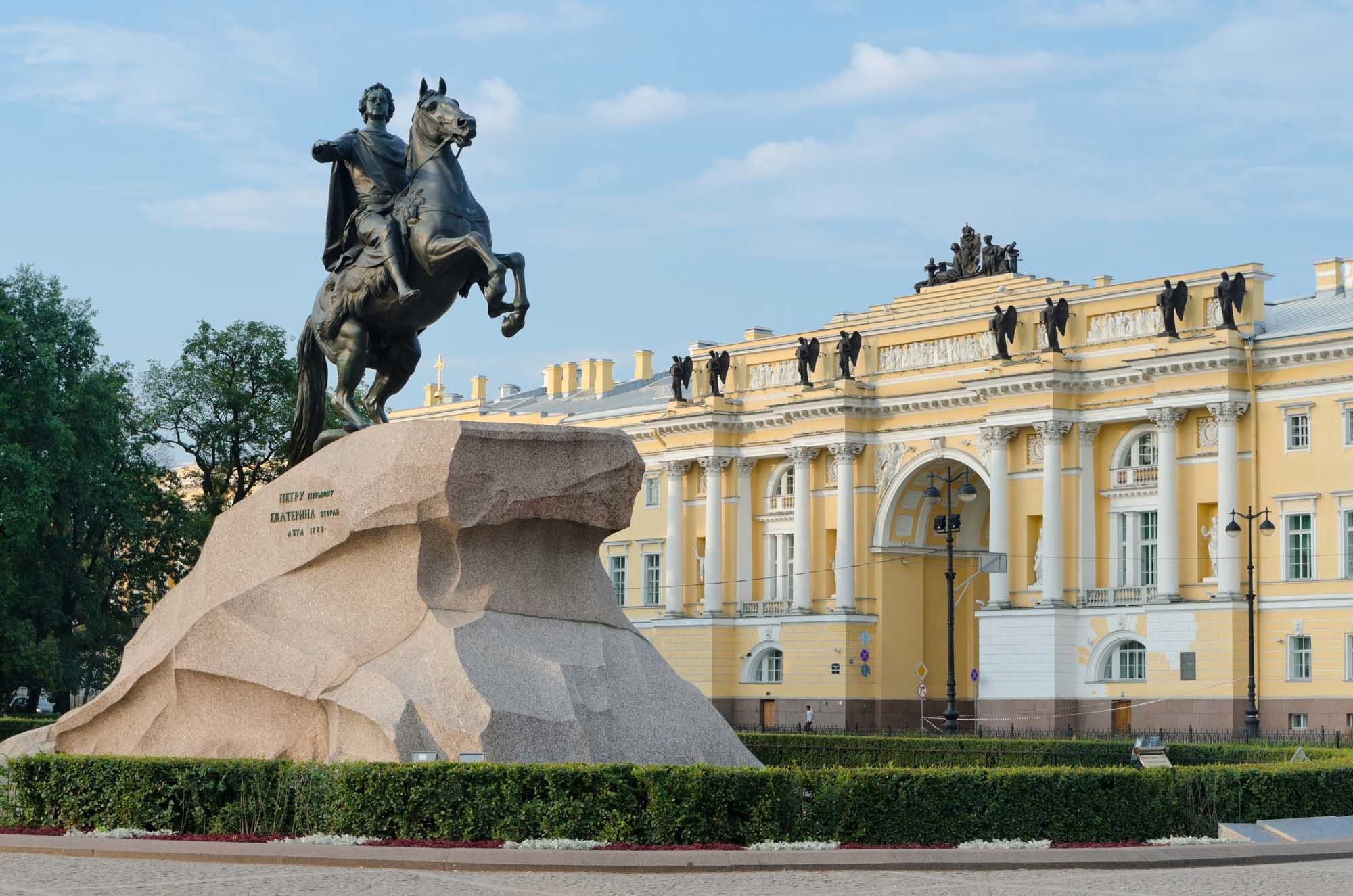
In recent decades St Petersburg became the major tourist capital of Russia. Millions of Russian and foreign tourists visit the city annually. The city has 221 museums, 2000 libraries, more than 80 theatres, 100 concert organizations, 45 galleries and exhibition halls, 62 cinemas and around 80 other cultural establishments. Every year the city hosts around 100 festivals and various competitions of art and culture, including more than 50 international ones. St Petersburg is considered to be the cultural capital of Russia. As a tourist brand St Petersburg has its own symbols. One of the most recognizable symbols is the monument to Peter the Great built under the reign of Katherine the Great. Other symbols of Saint Petersburg are the weather vane in the shape of a small ship on top of the Admiralty’s golden spire, the golden angel on top of the Peter and Paul Cathedral and the Palace Bridge drawn at night.
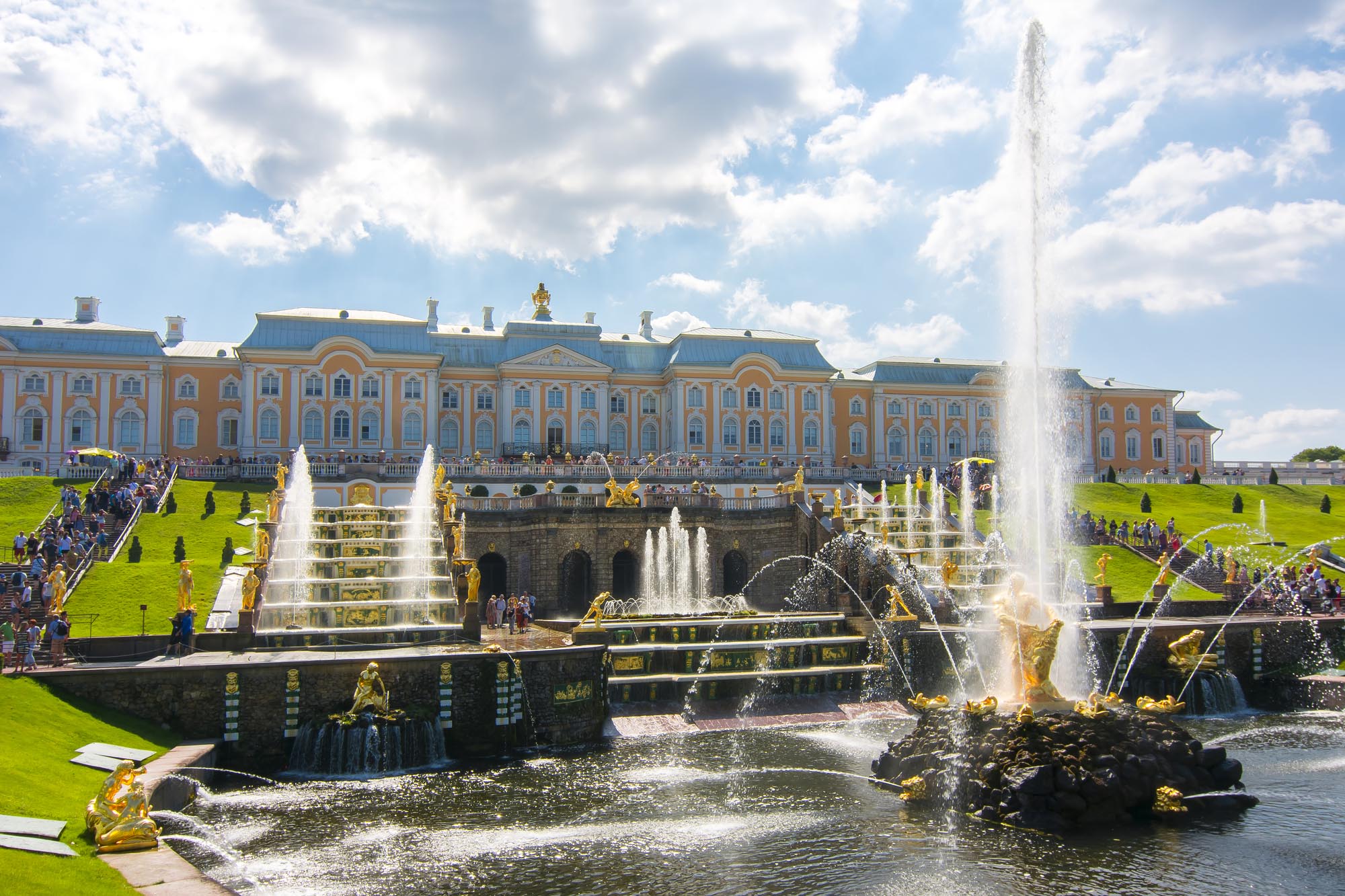
When mentioning St Petersburg as a tourist capital we also consider its suburbs featuring former imperial residences, such as Peterhof, with majestic fountain cascades and parks, Tsarskoe Selo, with the baroque Catherine Palace and the neoclassical Alexander Palace, Pavlovsk, which has a domed palace of Emperor Paul and one of Europe’s largest English-style parks, a castle and park in Gatchina, Kronstadt with its 19th-century fortifications and naval monuments.